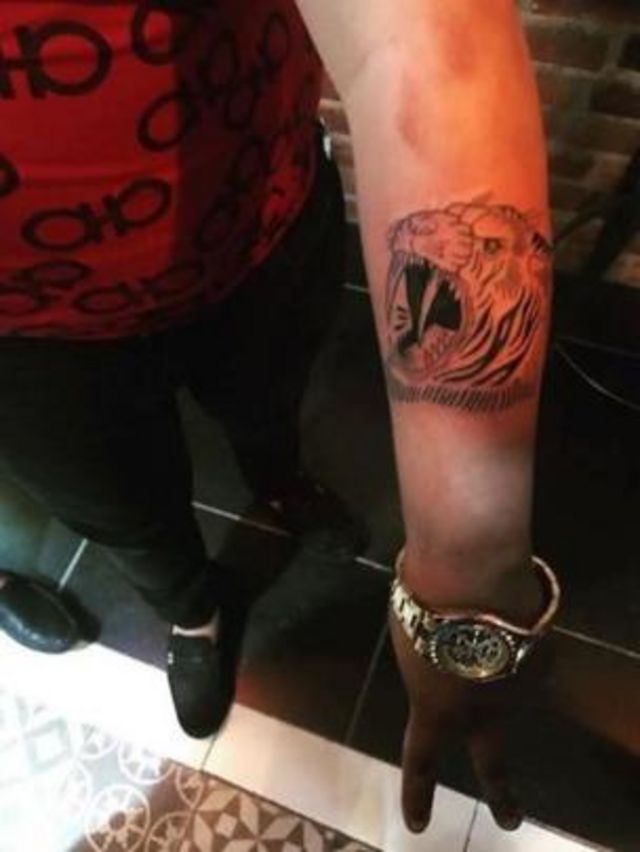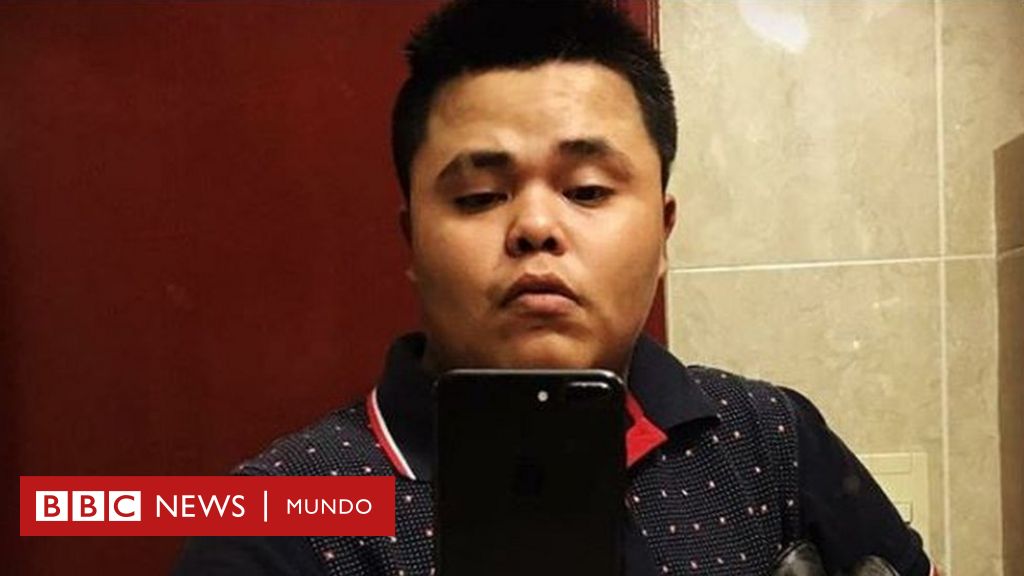El Pirata De Culiacan Death Photos: The Truth Behind The Controversy
El Pirata de Culiacan death photos have become a subject of intense public interest and controversy. The images, which reportedly document the final moments of one of Mexico's most infamous criminals, have sparked debates about media ethics, privacy, and the impact of violent imagery on society. But what is the truth behind these photos? This article aims to provide a comprehensive understanding of the situation, exploring the life of El Pirata de Culiacan, the controversy surrounding his death, and the implications of sharing such graphic content.
El Pirata de Culiacan, whose real name is Juan Francisco Patrón Sánchez, was a notorious drug lord associated with the Sinaloa Cartel. His death in 2023 was met with widespread media coverage, including the circulation of alleged death photos. This article will delve into the details of his life, his criminal activities, and the circumstances surrounding his death, while also addressing the ethical considerations of sharing such sensitive content.
Through this exploration, we aim to provide readers with a balanced perspective, backed by credible sources, to help them understand the complexities of this situation. Whether you're interested in the criminal underworld, media ethics, or the broader implications of violent imagery, this article will serve as a valuable resource.
Read also:Surya Mcgregor The Rising Star In Martial Arts And Beyond
Table of Contents
- Biography of El Pirata de Culiacan
- Criminal Activities and Legacy
- Circumstances of His Death
- Controversy Surrounding Death Photos
- Media Ethics in Reporting Violent Content
- Psychological Impact of Graphic Imagery
- Legal Considerations of Sharing Death Photos
- Public Reaction and Social Implications
- Historical Context of Cartel Violence
- Conclusion and Final Thoughts
Biography of El Pirata de Culiacan
Early Life and Background
Juan Francisco Patrón Sánchez, better known as El Pirata de Culiacan, was born in Culiacan, Sinaloa, Mexico. Growing up in a region notorious for its involvement in drug trafficking, Patrón Sánchez was exposed to the criminal underworld from an early age. His nickname, "El Pirata," was reportedly inspired by his love for pirate-themed movies and his own self-styled persona as a modern-day pirate.
Rise to Power
El Pirata's rise to power within the Sinaloa Cartel was marked by his strategic leadership and ruthless tactics. He became one of the cartel's key figures, overseeing operations that extended across Mexico and into the United States. Known for his flashy lifestyle, El Pirata often flaunted his wealth through social media, posting videos and photos of himself surrounded by luxury items and firearms.
| Full Name | Juan Francisco Patrón Sánchez |
|---|---|
| Nickname | El Pirata de Culiacan |
| Birthplace | Culiacan, Sinaloa, Mexico |
| Known For | Leadership in the Sinaloa Cartel |
| Date of Death | 2023 |
Criminal Activities and Legacy
Key Operations
El Pirata de Culiacan's criminal activities were extensive, involving drug trafficking, money laundering, and acts of violence. Under his leadership, the Sinaloa Cartel expanded its operations, solidifying its position as one of the most powerful drug cartels in the world. His tactics often involved intimidation and coercion, making him both feared and respected within the criminal underworld.
Legacy and Impact
Despite his violent past, El Pirata de Culiacan also became a cultural icon in certain circles. His use of social media to project a larger-than-life persona helped him gain a following among young people in Mexico. However, his legacy remains controversial, with many criticizing the glorification of criminal behavior.
Circumstances of His Death
Official Reports
El Pirata de Culiacan was reportedly killed in a shootout with Mexican security forces in 2023. According to official reports, law enforcement officers engaged in a firefight with cartel members, resulting in Patrón Sánchez's death. The incident was part of a larger operation aimed at dismantling the Sinaloa Cartel's operations.
Unanswered Questions
While the official narrative provides some clarity, questions remain about the exact circumstances of his death. Some speculate that El Pirata may have been betrayed by members of his own organization, while others question the authenticity of the death photos that have since surfaced.
Read also:Gotham Garage Ferrari Your Ultimate Destination For Highperformance Italian Machines
Controversy Surrounding Death Photos
The Release of Graphic Images
The release of El Pirata de Culiacan death photos has sparked significant controversy. The images, which allegedly depict his body after the shootout, have been shared widely on social media platforms. Critics argue that sharing such graphic content is both unethical and potentially harmful, while proponents claim it serves as a deterrent to those considering a life of crime.
Ethical Concerns
From an ethical standpoint, the circulation of death photos raises important questions about privacy, dignity, and the role of media in shaping public perception. The decision to publish such images often conflicts with journalistic principles, leading to heated debates among professionals and the public alike.
Media Ethics in Reporting Violent Content
Guidelines for Responsible Journalism
Responsible journalism requires careful consideration when reporting on violent content. Media organizations must weigh the public's right to know against the potential harm caused by exposing audiences to graphic imagery. Established guidelines, such as those provided by the Society of Professional Journalists, emphasize the importance of sensitivity and context in such situations.
The Role of Social Media
Social media platforms have complicated the issue further, as they allow for the rapid dissemination of unverified content. While these platforms provide a space for free expression, they also contribute to the spread of misinformation and harmful material. Efforts to regulate content on social media remain ongoing, with varying degrees of success.
Psychological Impact of Graphic Imagery
Effects on Viewers
Exposure to graphic imagery can have significant psychological effects, including increased anxiety, trauma, and desensitization to violence. Studies have shown that repeated exposure to violent content can alter individuals' perceptions of reality, leading to a diminished sense of empathy and increased aggression.
Protecting Vulnerable Audiences
To mitigate these effects, it is crucial to protect vulnerable audiences, particularly children and adolescents, from exposure to graphic content. Parents, educators, and media organizations all have a role to play in ensuring that such material is appropriately labeled and restricted when necessary.
Legal Considerations of Sharing Death Photos
Privacy Laws
Sharing death photos without consent can violate privacy laws in many jurisdictions. While exceptions may exist for public figures or individuals involved in criminal activities, the legal landscape remains complex. Understanding these laws is essential for both media organizations and individuals who may inadvertently share sensitive content.
Intellectual Property Rights
In addition to privacy concerns, the sharing of death photos may also infringe upon intellectual property rights. Photographers and media organizations must ensure that they have the necessary permissions before publishing such images, further complicating the issue.
Public Reaction and Social Implications
Diverse Perspectives
Public reaction to El Pirata de Culiacan death photos has been mixed. Some view the images as a necessary reminder of the consequences of a life of crime, while others condemn their circulation as exploitative and disrespectful. These differing perspectives highlight the broader social implications of how we engage with violent imagery.
Impact on Society
The widespread sharing of death photos contributes to a culture of sensationalism, where shock value often takes precedence over meaningful discourse. This trend has the potential to erode societal norms and values, making it increasingly important to address these issues through education and dialogue.
Historical Context of Cartel Violence
The Rise of Drug Cartels in Mexico
The history of drug cartels in Mexico is a complex and multifaceted story. From the early days of small-scale operations to the rise of powerful organizations like the Sinaloa Cartel, the evolution of these groups has had profound effects on Mexican society. Understanding this context is essential for comprehending the significance of figures like El Pirata de Culiacan.
Efforts to Combat Cartel Violence
Efforts to combat cartel violence have been ongoing for decades, with varying levels of success. International cooperation, policy reform, and community engagement are all key components of these efforts. However, the challenges remain significant, underscoring the need for continued commitment and innovation in addressing this issue.
Conclusion and Final Thoughts
In conclusion, the controversy surrounding El Pirata de Culiacan death photos highlights the complex interplay between media ethics, privacy concerns, and the broader implications of violent imagery. While these images may provide a glimpse into the realities of cartel violence, they also raise important questions about how we as a society choose to engage with such content.
We encourage readers to approach this topic with a critical eye, considering both the facts and the ethical considerations involved. If you have thoughts or questions about this article, please feel free to leave a comment below. Additionally, we invite you to explore other articles on our site, where we delve into a wide range of topics related to crime, media, and society.
Sources:
- United Nations Office on Drugs and Crime
- Society of Professional Journalists
- Centers for Disease Control and Prevention


